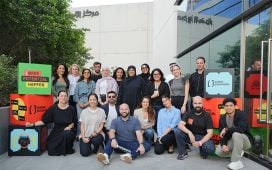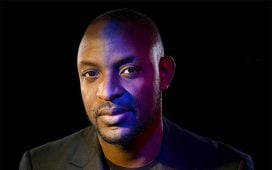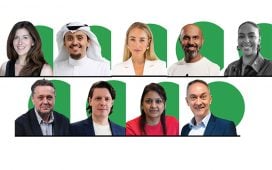Elda Choucair, CEO, Omnicom Media Group MENA
There is a unique phenomenon called the ‘overview effect’ which strikes astronauts in space when they look out and see planet Earth, the tiny fragile ball of life.
It is an unexpected and even overwhelming emotion, and an increased sense of connection to other people and the Earth as a whole. It is a cognitive shift, an instant dissatisfaction with the state of the world, of what separates and divides us. When we reach this mindset, we can stop talking about DE&I.
Have you booked your seat at the Campaign Breakfast Briefing event yet?
Join us this Friday, Septembe
To continue reading this article you need to be registered with Campaign. Registration is free and only takes a minute. Register Now or sign in below if you already have an account.









